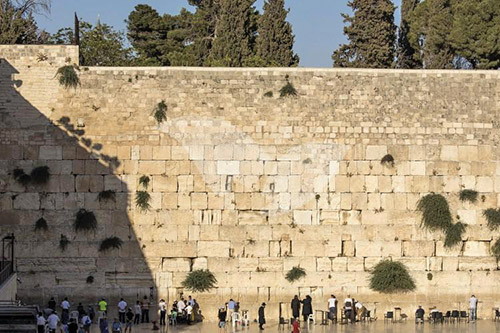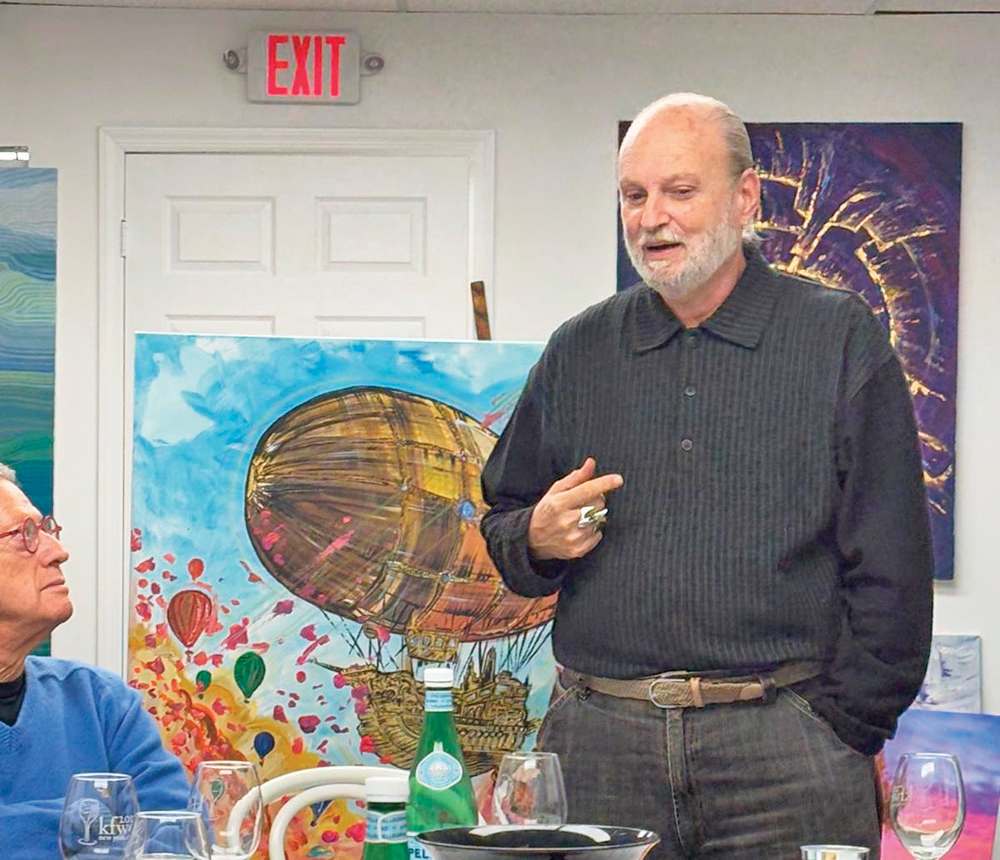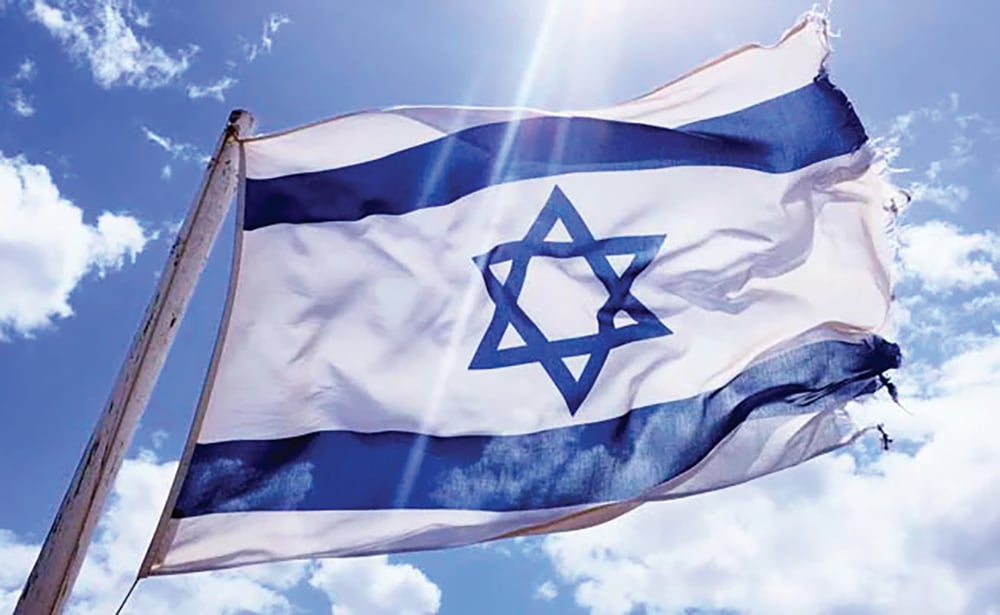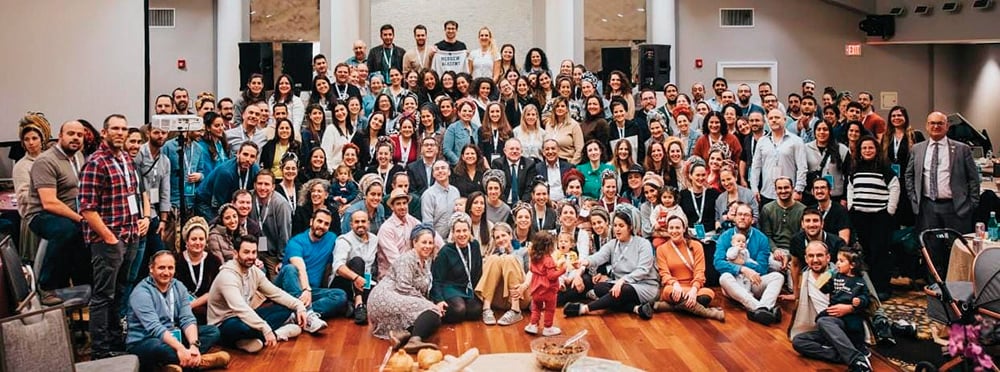
(Anav Silverman/TPS) Elisha Shor, 82, still tears up at the memory of the Western Wall being opened to the public for the first time on the holiday of Shavuot, just a few days after liberation of Jerusalem on June 7, 1967. A reservist in the Jerusalem Brigade at the time, Shor was positioned on the Tower of David where he could see the waves of Israelis streaming to the Western Wall.
“One of the most moving scenes for me was that night of Shavuot and the thousands of people eagerly awaiting to go up to the Western Wall after a night of Torah learning,” he told Tazpit Press Service (TPS). “People were literally running—they hadn’t seen seen the Kotel in 19 years.”
Shor’s story along with other figures from 1967 have been documented in a series of short films that will continually be screened in honor of Jerusalem Day at the Tower of David Museum, beginning Wednesday, May 24. Titled “50 Years 50 Faces,” the special multi-faceted documentary highlights the stories of the reunification of Jerusalem through a variety of people including a paratrooper, a nun and an actress as well as residents of the Old City of Jerusalem and the new city. Produced and directed by Moshe Alfi, an 11th-generation Jerusalemite, the film also features people who were only children during the war and includes perspectives of Jews, Christians and Muslims.
“We knew we wanted to really touch the history of Jerusalem and play an active role in recording it for the next generation. Ultimately, we decided to seek out the faces of, and behind the scenes of, both the great and small historical events, the personal stories of the men and women whose lives were touched and influenced by the city’s history,” said Eilat Lieber, director of the Tower of David Museum.
Shor himself remembers the days following the conclusion of the war and the well-known Jerusalem personalities of the time who first visited the Western Wall, which Jews had been barred from for 19 years when the Old City was under Jordanian control.
“I fought mostly in the southern part of Jerusalem. A day after the Western Wall was liberated, I entered the Old City with my brigade to enforce the curfew and patrol the area,” Shor explained to TPS, noting that there was much work to be done following the liberation.
Explosive mines and ammunition had to be cleared along with fences and fortifications. Contractors were brought in to destroy the Mughrabi neighborhood and clear the area for a plaza near the Western Wall. Subsequently, entrance to the Old City was forbidden to the public.
But some important people were allowed into the Old City, among them Rabbi Aryeh Levin, known as the “Father of the Prisoners” for his visits to the Jewish underground members imprisoned under the British Mandate.
“I can remember Rabbi Aryeh Levin crying like a child at the site of the Kotel,” said Shor. “He came to the Kotel with the deputy mayor of Jerusalem at the time, Ben Eliezer. Rabbi Levin threw himself on the ground, with his suit, and crawled to the Kotel with tears in his eyes,” related Shor. “He wanted to kiss every stone.”
Shor, a seventh-generation Jerusalemite whose family originally made aliyah from Belarus and the Ukraine in the late 19th century, grew up in Jerusalem. “Both my parents were born in the Muslim Quarter of the Old City. As a child, I would go with my parents to pray in the Old City. My grandfather had a home on Via Dolorosa street and he was the only person in the Old City to make kosher cheeses,” said Shor. “He would travel by donkey to an Arab village nearby to make cheese from the sheep there, which he would then sell in the Old City.”
Shor can still recall the days where there were no street lights. “People would use a tin can with a hole for the candle to light their way at night.”
“When I walk around the Old City and Jerusalem today, I think how different life was here before. It is still remarkable to me how we can pray freely at the Kotel today,” he concluded.












